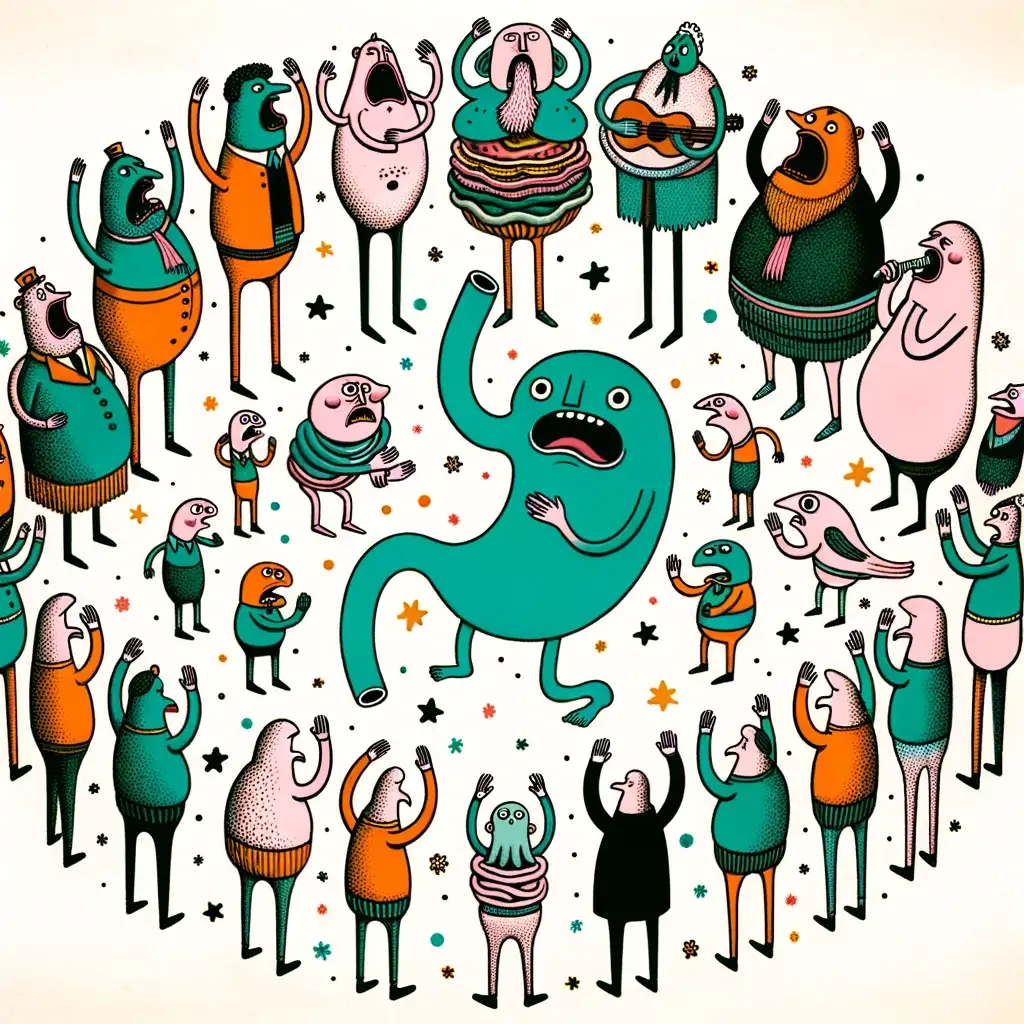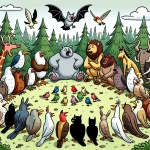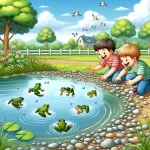
The Belly and the Members – An Aesop’s Fable
Once upon a crisp autumn morning, the various Members of the Human Body convened an unprecedented assembly. The Hands, agile and deft, typed out the invitation. The Eyes, sharp and discerning, ensured everyone was present. The Mouth, eloquent and articulate, called the gathering to order. They were united in their grievance: “Why should we toil day and night, only for the Belly to enjoy all the nourishment? It’s time for a revolution!”
After a heated debate rife with emotion and underscored by years of pent-up resentment, they arrived at a resolution. “We shall go on strike,” announced the Mouth, its voice tinged with a revolutionary fervor. “Let’s see how the Belly fares without us!”
The Hands withdrew their touch, no longer lifting sustenance to the Mouth. The Mouth, in a rare act of defiance, clenched shut, refusing all intake. Even the Teeth, those stalwarts of mastication, stood idle in their gums. A sense of victory permeated the air.
However, the jubilation was short-lived. Within a day, the Eyes grew dim, their focus blurring. The Hands trembled, lacking their usual dexterity. The Legs wobbled, struggling to maintain balance. It was then that they realized their folly. The Belly, far from being a mere repository for food, was the epicenter of energy distribution. It converted nourishment into vitality, fueling each Member with the life force they so desperately needed.
Ashamed and humbled, the Members called off the strike. The Mouth opened wide, the Hands resumed their duties, and harmony was restored. But the lesson was indelibly etched into their collective consciousness.
What principles and lessons can be learned from the above stories?
This narrative serves as a poignant reminder of how the sum is greater than its individual parts. While it’s easy to view the Belly as a passive beneficiary of the Members’ labor, the truth is far more complex. The Belly plays a crucial role in sustaining the Body, just as every individual in a community or system contributes to the collective well-being. The story forces us to question our own biases and judgments, urging us to appreciate the invisible threads of interdependence that weave the fabric of existence.
In a world that often celebrates individual achievement over collective effort, this tale is a wakeup call. It teaches us that no role is too small or insignificant, and that unity, above all, is the key to survival and prosperity. From the Hands that perform tasks, to the Belly that nourishes, each part of the system is invaluable.
Thus, as we navigate the complex terrains of life, let us carry with us the lesson of unity and interdependence imparted by this age-old fable, now reborn in a new light.


